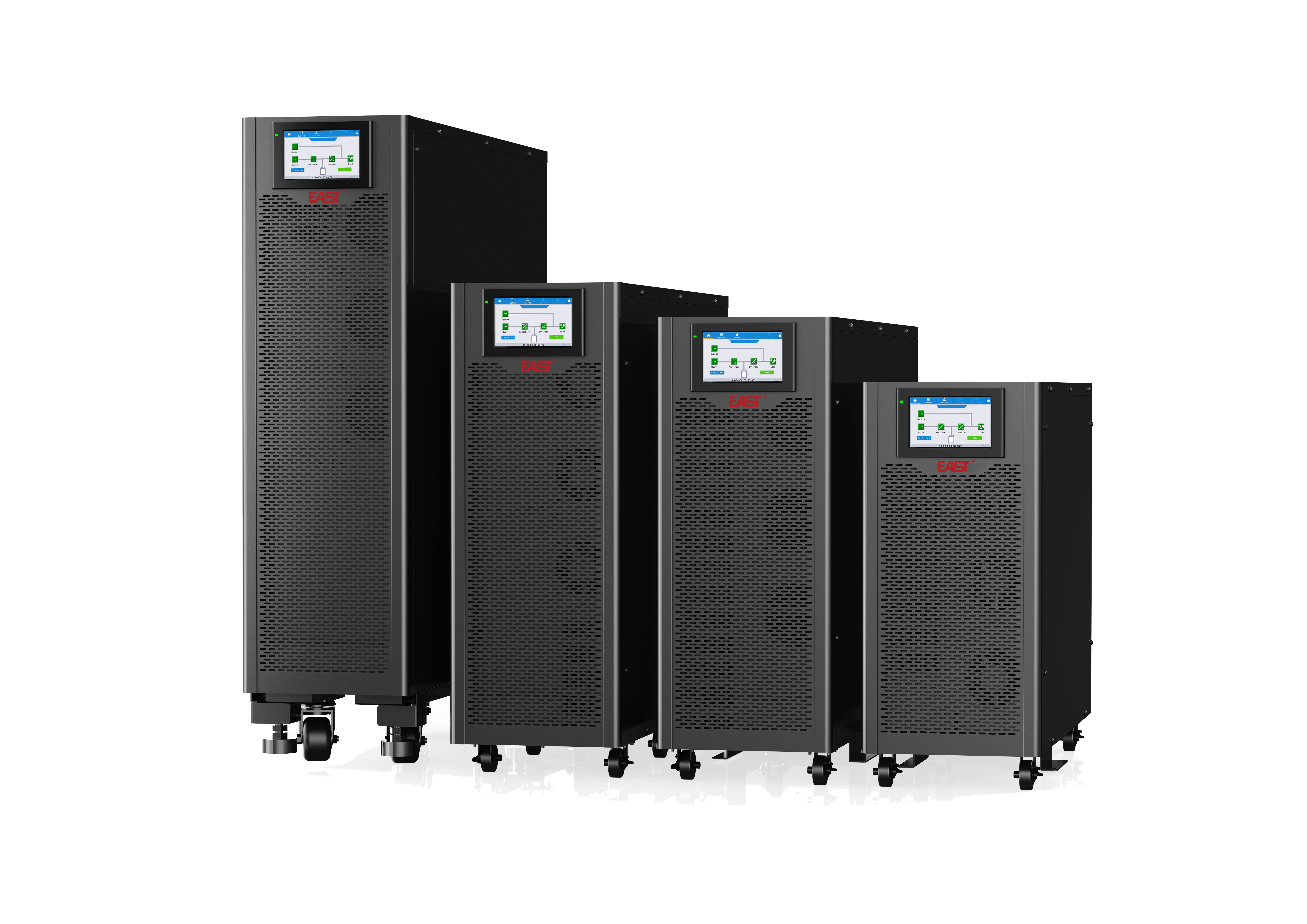Email format error
Email cannot be empty
Email already exists
6-20 characters(letters plus numbers only)
The password is inconsistent
Email format error
Email cannot be empty
Email does not exist
6-20 characters(letters plus numbers only)
The password is inconsistent


How Do Uninterruptible Power Supplies Work
An uninterruptible power supply (UPS) is an electrical apparatus that provides emergency backup power to a load when the primary power source fails, preventing service interruptions and protecting critical equipment from damage. The working principle of a UPS mainly involves the following three stages:
Rectification: The rectifier converts AC input into DC power, filtering out interference and noise from the grid and providing a stable DC power supply for the inverter. It also charges the battery to ensure the battery remains at a full level, ready to take over when needed.
Inversion: The inverter is the core component of the UPS, converting DC power into AC power with a stable voltage and frequency to supply power to the load. During this process, the inverter uses high-frequency switching technology and other advanced control methods to ensure the output AC power has a high quality and meets the load’s requirements.
Battery Backup: When the mains power is normal, the battery charges. When the mains power fails or the voltage is abnormal, the battery supplies DC power to the inverter, which then converts it into AC power to sustain the operation of the load. The battery’s capacity determines the backup time of the UPS, ensuring that critical equipment can continue to operate during power outages or other power anomalies.
UPS systems play a crucial role in protecting critical equipment and data in various fields, such as data centers, hospitals, factories, and more. By providing continuous and stable power, UPS helps prevent data loss, equipment damage, and operational interruptions caused by power failures.

